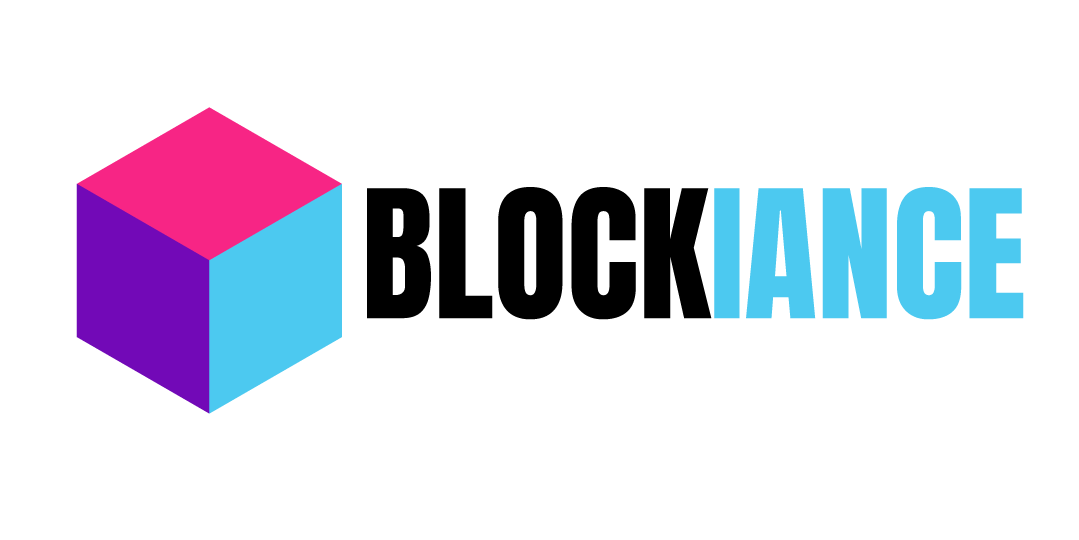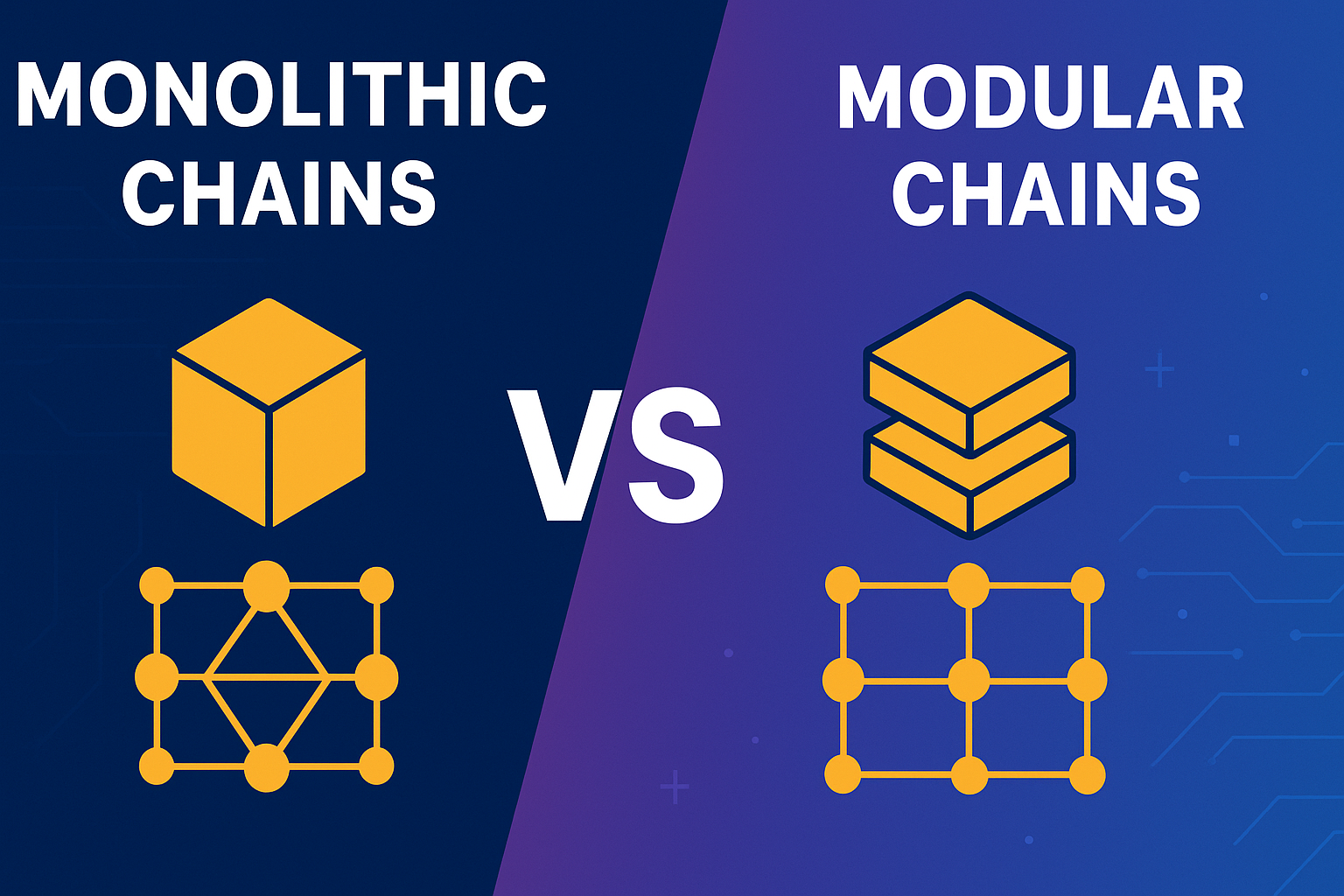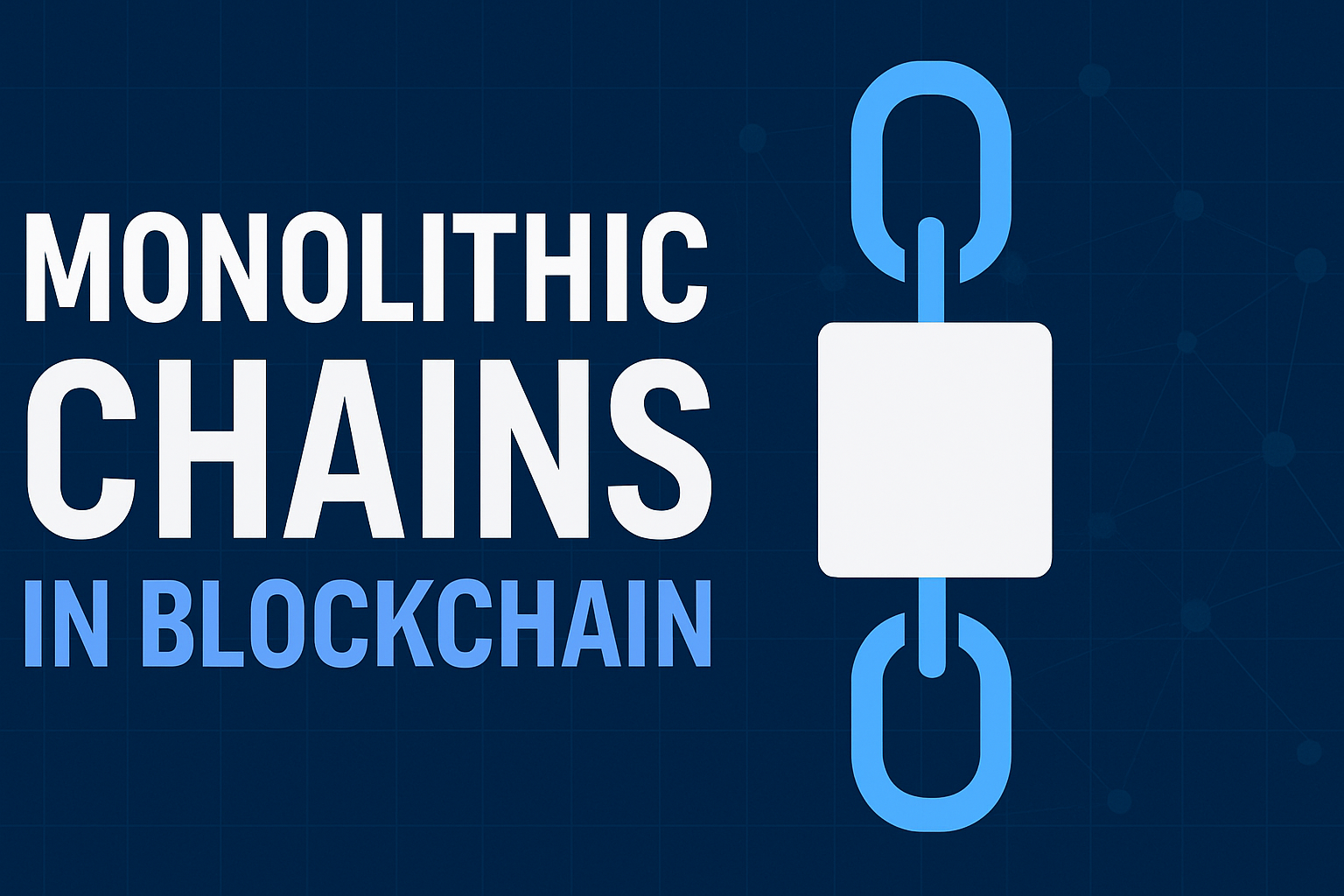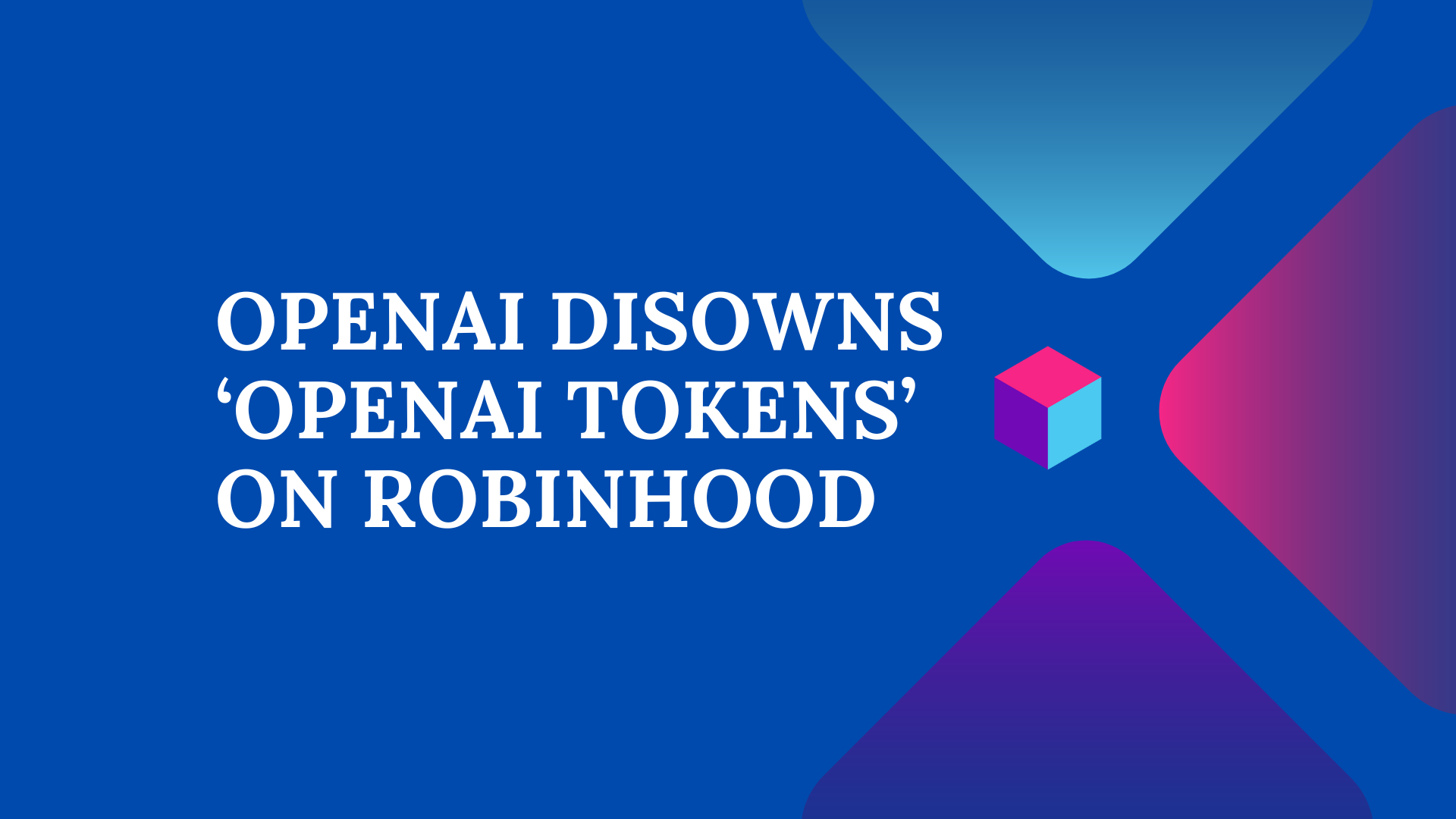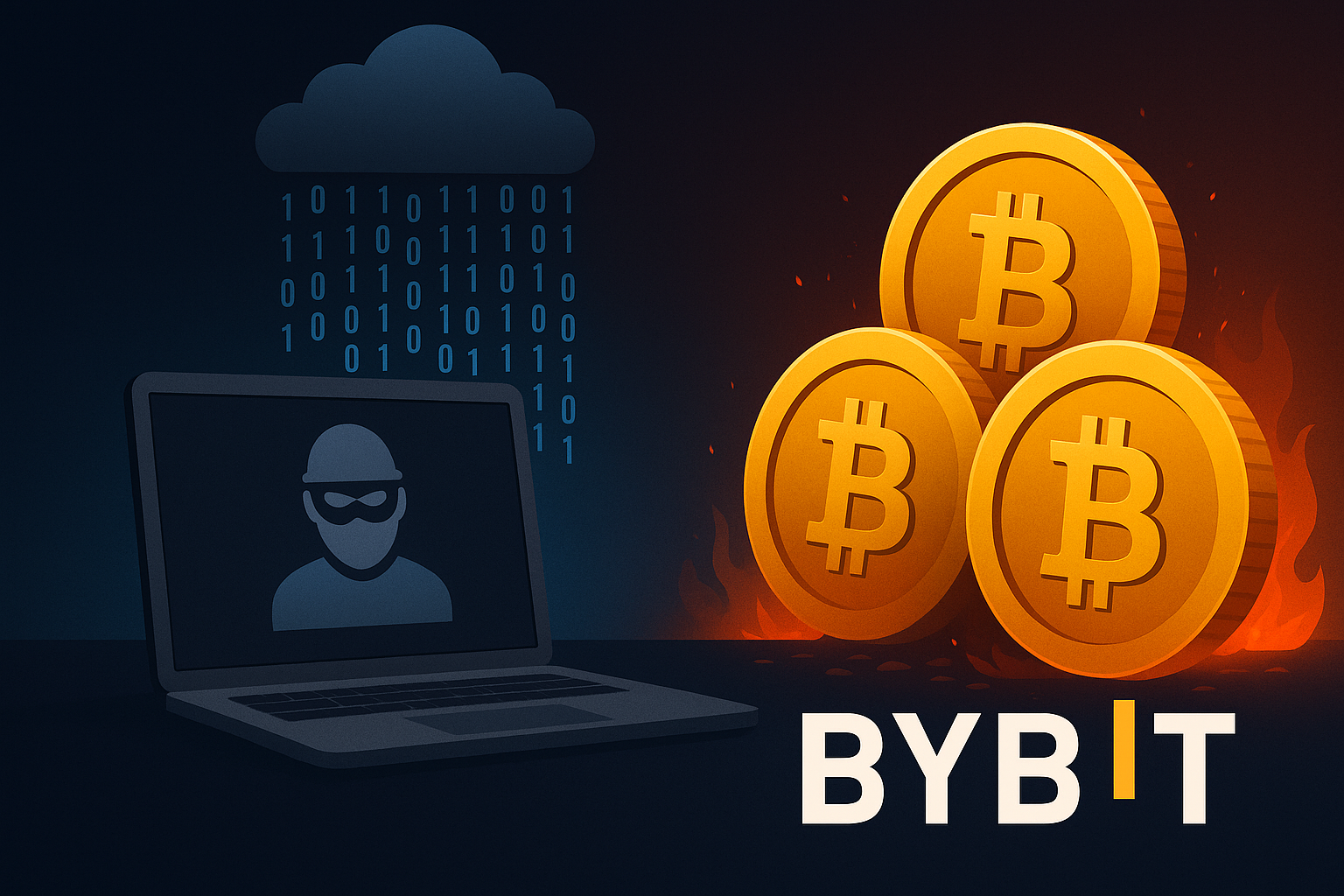Understanding Modular Blockchains : The Evolution of Blockchain

Blockchain technology has revolutionized industries by introducing decentralized, trustless, and transparent systems. However, traditional blockchains, often referred to as monolithic blockchains, struggle with scalability, flexibility, and interoperability. These limitations have led to bottlenecks, high transaction fees, and congestion, especially in widely adopted networks like Ethereum.
To address these challenges, modular blockchains have emerged as an innovative approach, separating different blockchain functions into specialized layers. This decoupling allows for independent scaling, optimized performance, and enhanced interoperability, making modular blockchain architectures a promising solution for the future of decentralized systems.
In this article, we will explore the architecture of modular blockchains, their advantages and challenges, key projects implementing this model, real-world use cases, and a comparison with traditional monolithic blockchains.
Contents
Understanding Modular Blockchains
What is a Modular Blockchain?
A modular blockchain is a blockchain architecture where the primary functions of a blockchain execution, consensus, data availability, and settlement—are handled by separate specialized layers rather than a single monolithic system. This modularity enhances scalability, performance, and flexibility.
Traditional blockchains like Bitcoin and Ethereum operate in a monolithic fashion, where every node in the network is responsible for executing transactions, reaching consensus, ensuring data availability, and finalizing transactions. This approach, while secure and decentralized, often leads to congestion, high transaction fees, and limited throughput. Modular blockchains solve these issues by breaking down these functions into specialized layers.
Core Layers of a Modular Blockchain
Unlike traditional blockchains that perform all operations within a single chain, modular blockchains distribute functionalities across distinct layers:
- Execution Layer: Handles transaction processing and smart contract execution. This layer ensures that transactions are processed efficiently and does not need to be concerned with finalizing them on-chain.
- Example: Ethereum Layer 2 solutions like Optimistic Rollups and Zero-Knowledge Rollups (zk-Rollups) act as execution layers, processing transactions off-chain before submitting proofs to Ethereum.
- Consensus Layer: Ensures network security and achieves agreement on valid transactions. This layer independently verifies the legitimacy of transactions, preventing fraud and ensuring the blockchain remains immutable.
- Example: The Tendermint consensus engine used in Cosmos is an independent consensus layer that can be used by different blockchains.
- Data Availability (DA) Layer: Stores and ensures accessibility of transaction data for verification. Without a robust DA layer, blockchains would be vulnerable to fraud and data withholding attacks.
- Example: Celestia is a modular blockchain that specializes in data availability.
- Settlement Layer: Finalizes transactions and handles dispute resolution. This layer ensures that once transactions are processed in the execution layer, they are permanently recorded.
- Example: Ethereum acts as a settlement layer for many rollups, finalizing transactions processed off-chain.
By separating these layers, modular blockchains enable different projects to specialize in specific areas, leading to more efficient blockchain networks.
Benefits of Modular Blockchains
1. Scalability
One of the most significant advantages of modular blockchains is their scalability. Traditional blockchains, particularly Ethereum and Bitcoin, suffer from congestion issues due to their monolithic nature. In contrast, modular blockchains allow each layer to scale independently, reducing bottlenecks and increasing transaction throughput.
For example, Ethereum rollups process thousands of transactions off-chain before submitting them in batches to the main chain. This reduces the load on Ethereum while ensuring transaction finality and security.
2. Flexibility & Customization
Different applications have different requirements. Some may prioritize security, while others may need high transaction speed or cost-efficiency. With a modular architecture, developers can mix and match execution, consensus, DA, and settlement layers to meet their specific needs.
For instance, a gaming project requiring high-speed transactions could use Polygon’s Avail for data availability, Optimistic Rollups for execution, and Ethereum for settlement.
3. Interoperability
Traditional blockchains operate as isolated systems, making cross-chain communication difficult. Modular blockchains, however, allow seamless interoperability since different layers can interact across ecosystems.
Projects like Cosmos (with IBC protocol) and Polkadot (with parachains) are great examples of how modularity enables blockchains to communicate efficiently without compromising security.
4. Cost Efficiency
By optimizing resources, modular designs help reduce transaction fees and infrastructure costs. Instead of running an entire monolithic chain, a blockchain project can leverage existing modular components, reducing the need for extensive infrastructure.
For example, rollups reduce Ethereum gas fees significantly by processing transactions off-chain before submitting them in a compressed format.
Challenges of Modular Blockchains
1. Increased Complexity
While modular blockchains improve efficiency, they introduce complexity in coordination among layers. Developers need to ensure smooth interaction between execution, consensus, and DA layers, which requires sophisticated engineering.
For example, ensuring that an execution layer correctly communicates with a settlement layer while preventing double-spending attacks is a challenging task.
2. Security Trade-offs
Decoupling layers introduces new attack vectors, especially in cross-layer communications. Each layer must be secured independently, making the security architecture more challenging to manage.
For instance, a vulnerability in a data availability layer could compromise the integrity of an execution layer using it.
3. Coordination Overhead
Different blockchain layers must synchronize to maintain consistency. Delays or failures in one layer can impact the entire system.
For example, if a rollup fails to submit proofs to its settlement layer on time, transactions may experience delays, reducing efficiency.
Monolithic vs. Modular Blockchains: A Comparison
The following table highlights the key differences between monolithic and modular blockchain architectures:
| Feature | Monolithic Blockchain | Modular Blockchain |
|---|---|---|
| Architecture | Single-layered, all functions in one chain | Multi-layered, functions distributed across layers |
| Scalability | Limited, congestion issues | High, independent scaling of each layer |
| Flexibility | Low, difficult to modify | High, allows customization and upgrades |
| Security | Centralized within the chain | Distributed, potential new attack vectors |
| Cost Efficiency | Higher transaction fees | Lower costs due to optimized resource allocation |
Future of Modular Blockchains
Modular blockchains are expected to play a crucial role in the evolution of Web3. The industry is moving towards:
- More Efficient Layer 2 Solutions: Optimized rollups and hybrid execution models.
- Enhanced Interoperability: Improved cross-chain communication.
- Decentralized Data Availability: Widespread adoption of DA layers like Celestia and Polygon Avail.
- Enterprise Adoption: Businesses integrating modular blockchains for better scalability and efficiency.
Conclusion
Modular blockchains represent a paradigm shift in blockchain architecture, solving scalability and flexibility issues inherent in monolithic blockchains. While challenges exist, their benefits far outweigh the drawbacks, making them a cornerstone for the future of decentralized applications and blockchain adoption.
As the Web3 ecosystem continues to evolve, modular blockchains will redefine how blockchains interact, scale, and operate, paving the way for a more efficient, cost-effective, and interconnected decentralized world.

Charlotte H is a senior journalist at Blockiance, specializing in the socioeconomic impacts of blockchain technology. With a degree in journalism, she has built a reputation for her in-depth analyses of decentralized systems and their influence on global markets. Charlotte’s meticulous research and eloquent writing have earned her recognition as a thought leader in the Web3 space.
